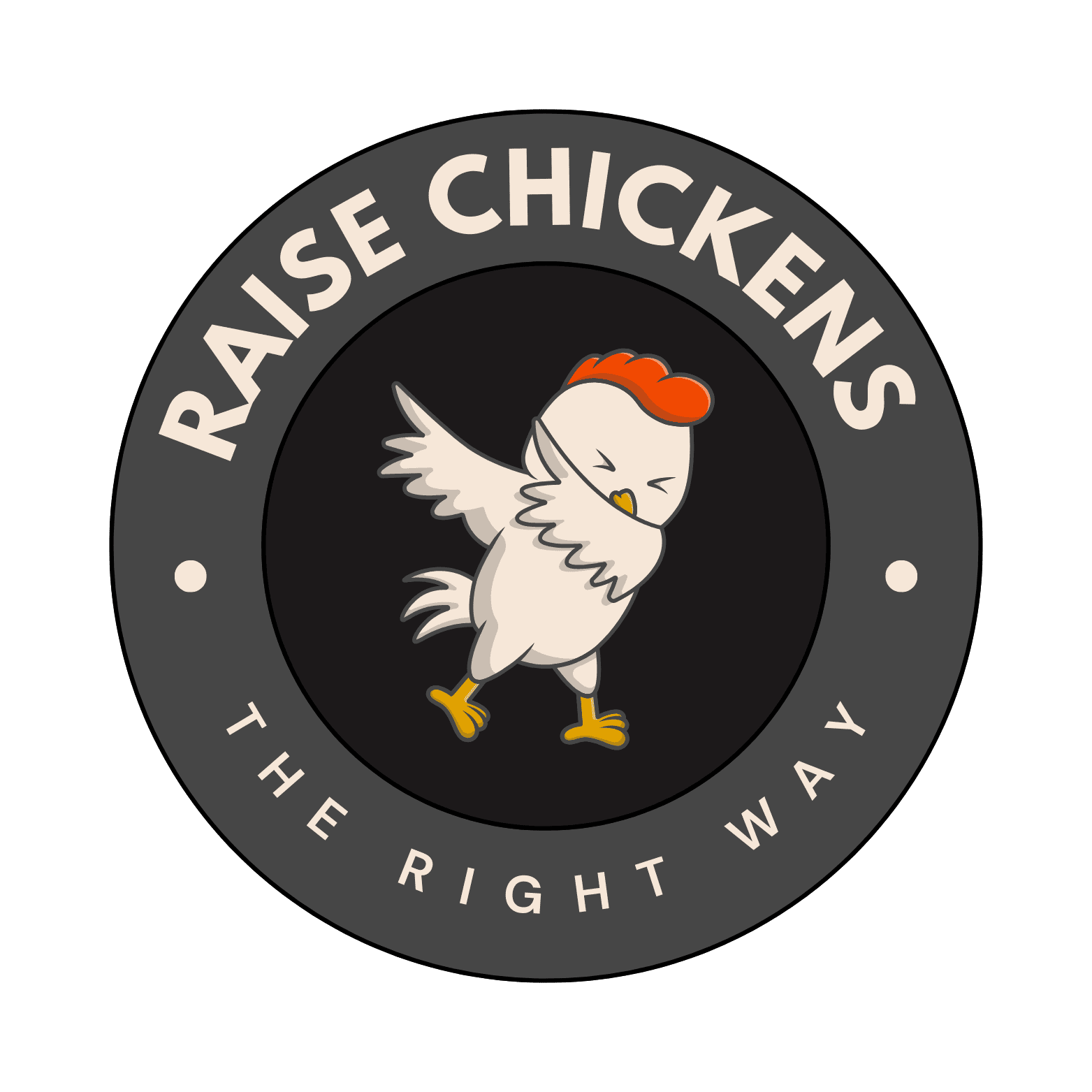My Experience Dealing with Lymphoid Leukosis in Chickens: A Farmer’s Guide
After spending over two decades raising chickens, I’ve encountered my fair share of challenges. But let me tell you, nothing quite compares to the heartbreak of discovering Lymphoid Leukosis in your flock. Today, I want to share my knowledge and experience about this devastating viral disease that’s affected many chicken farmers worldwide.
Understanding Lymphoid Leukosis: The Silent Killer
I’ll never forget the first time I encountered this disease on my farm. It started with one hen showing unusual symptoms, and before I knew it, I was facing a serious situation. Lymphoid Leukosis is a viral disease that primarily affects adult chickens, typically showing up when birds are 16 weeks or older.
What makes this disease particularly tricky is that it’s caused by the Avian Leukosis Virus (ALV), which can spread both horizontally (between birds) and vertically (from hen to egg). Through my years of experience, I’ve learned that it’s one of the most economically significant diseases in poultry farming.
Recognizing the Warning Signs
In my experience, catching the symptoms early is crucial, though it’s not always easy. Here are the main signs I’ve learned to watch for:
The Hard Truth About Treatment
I wish I had better news, but I’ve got to be honest – there’s no cure for Lymphoid Leukosis. It’s one of the hardest things I’ve had to accept as a farmer. When I first learned this, I spent countless hours researching alternatives, but the harsh reality remains: culling affected birds is the only responsible course of action.
Prevention: Your Best Defense
Over the years, I’ve developed a solid prevention strategy that’s helped minimize the impact of this disease on my farm. Here’s what I recommend:
Impact on Your Flock and Production
I’ve seen firsthand how Lymphoid Leukosis can devastate a flock’s productivity. In my experience, affected hens typically show reduced egg production before other symptoms become apparent. The disease can cause significant economic losses through reduced growth rates, decreased egg production, and increased mortality.
The Transmission Puzzle
Understanding how this virus spreads has been crucial in my fight against it. The virus primarily transmits in two ways: vertically (from hen to egg) and horizontally (between birds). I’ve noticed that horizontal transmission often occurs in the first few weeks of a chick’s life, which makes early protection absolutely critical.
Testing and Diagnosis
When I suspect Lymphoid Leukosis in my flock, I always work closely with a veterinarian. While clinical signs can be indicative, only proper laboratory testing can confirm the diagnosis. I’ve learned that post-mortem examination of affected birds often reveals tumors in various organs, particularly the liver, spleen, and bursa.
Economic Impact and Management
Let’s talk numbers – because this disease can seriously impact your bottom line. I’ve calculated that affected flocks can see production drops of up to 20%. Plus, the cost of testing, increased biosecurity measures, and replacing culled birds adds up quickly. That’s why I always emphasize prevention as the most cost-effective approach.
